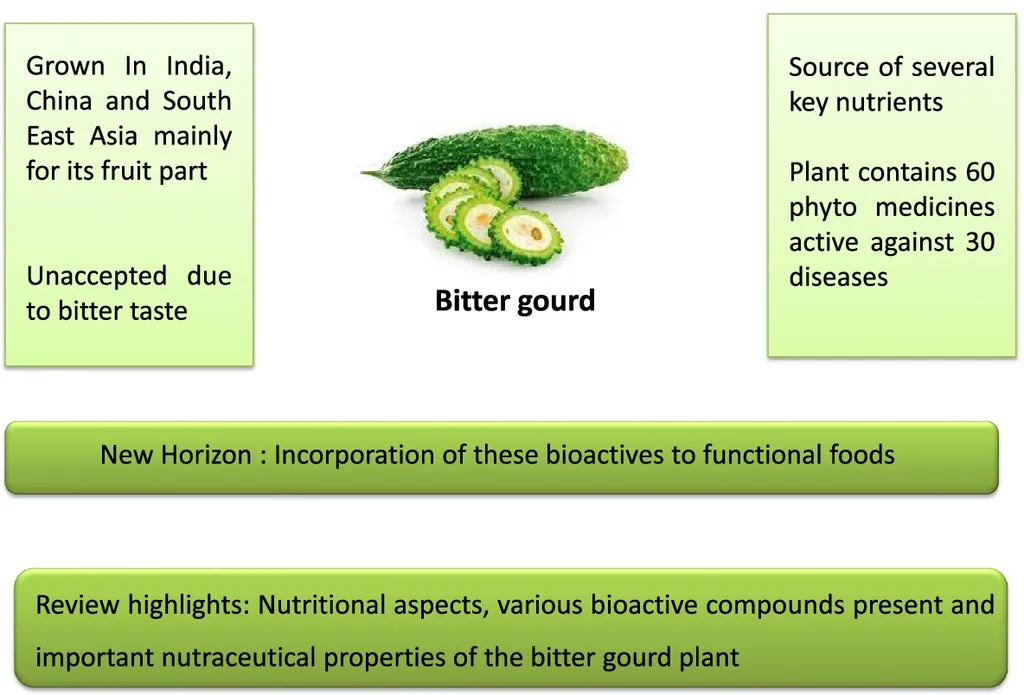In a groundbreaking study published in the *Journal of Global Innovations in Agricultural Sciences* (translated from the original title), researchers have unveiled the transformative potential of ultrasound technology in extracting valuable bioactive compounds from fruit and vegetable peels. This innovation not only addresses the global challenge of food waste but also opens new avenues for enhancing gut health, food preservation, and sustainable agriculture. Leading the research is Iram Qadeer, whose work promises to reshape how we view and utilize agricultural byproducts.
The global food industry generates vast amounts of fruit and vegetable residues, with peels accounting for up to 30-50% of total biomass in crops such as citrus, mango, and pomegranate. Traditionally considered waste, these peels are now recognized as treasure troves of polyphenols, flavonoids, carotenoids, phenolic acids, and vitamins. These compounds boast antioxidant, antimicrobial, and anti-inflammatory properties, making them highly sought after for functional products. However, conventional extraction methods often fall short, requiring high energy input, long processing times, and risking the degradation of sensitive compounds.
Enter ultrasound-assisted extraction (UAE), a non-thermal, green technology that is revolutionizing the field. By generating acoustic cavitation, ultrasound disrupts plant cell structures, enhances solvent penetration, and accelerates mass transfer. This results in higher yields, reduced solvent use, and improved compound stability. “Ultrasound technology offers a sustainable and efficient way to extract these valuable compounds,” explains Iram Qadeer. “It’s a game-changer for the industry, allowing us to maximize the potential of what was once considered waste.”
The applications of UAE-extracted peel compounds are vast and varied. In the food industry, polyphenols such as quercetin, gallic acid, and naringin act as natural preservatives, antioxidants, and antimicrobials, extending shelf life and replacing synthetic additives. For gut health, microbiome studies have shown that peel-derived polyphenols promote beneficial bacteria such as Lactobacillus and Bifidobacterium while downregulating inflammatory mediators like TNF-α and IL-6. This improves metabolic regulation and immune resilience, offering a holistic approach to well-being.
In agriculture, extracts enriched in tannins, phenolic acids, and essential oils function as biostimulants, enhancing seed germination, root growth, and photosynthesis. They also suppress pathogens such as Fusarium and Aspergillus, reducing the reliance on synthetic agrochemicals. “These multifunctional effects highlight the potential of peel extracts to improve crop productivity and sustainability,” notes Qadeer. “It’s a win-win for both the environment and the agricultural sector.”
The study, published in the *Journal of Global Innovations in Agricultural Sciences*, examines recent advances in UAE optimization for peel-derived bioactives and evaluates their impacts on gut, food, and plant health. It also identifies challenges in scaling, stability, and regulation. By integrating evidence from food science, microbiology, and plant physiology, the research underscores the pivotal role of ultrasound technologies in transforming peel waste into high-value products and advancing circular bioeconomy goals.
As the world grapples with the dual challenges of food waste and sustainability, this research offers a beacon of hope. The commercial implications are profound, with the potential to revolutionize the food, health, and agricultural sectors. By harnessing the power of ultrasound technology, we can unlock the full potential of fruit and vegetable peels, turning waste into wealth and paving the way for a more sustainable future.

